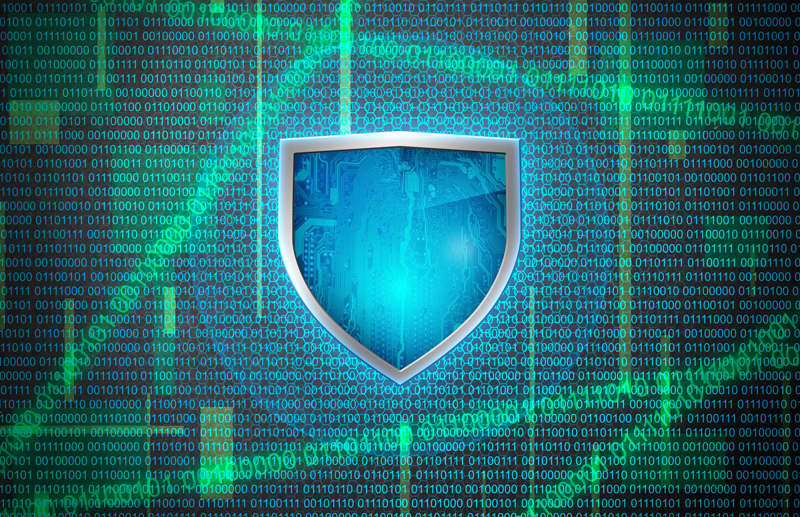
As the technology world becomes more digital, companies today are exposed to threats we’ve never seen before – from any person or country that has access to the Internet. It is estimated that cyber crime generates over $2 trillion a year – causing damage to companies of all sizes. The threat continues to grow daily. IT security professionals must constantly understand the latest risks and adjust their security posture quickly. Techlytic believes security is paramount to the organization and provides our clients with industry information from leaders in service protection. Together we will identify the threats and build comprehensive solutions for optimum protection.
The various service providers we partner with offer:
- DDoS Protection
It is estimated that businesses experience at least one DDoS (Distributed Denial of Service) attack a year, costing them both time and money to fix the issue. This type of attack can lead to minor disruptions of service to theft and extortion. The most destructive attacks are volumetric and application-specific. When under attack, your applications will no longer be available, preventing if you from maintaining business continuity. Having DDoS protection in place will not only provide peace of mind, but enable a fast response with seamless and flexible solutions should an attack occur.
- IDS/IPS
When building your line of defense, there are two tools you should not find yourself without: Intrusion Detection System (IDS) devices and Intrusion Prevention System (IPS) devices. Together, they work to identify and prevent potential attacks against your network. IDS/IPS devices are designed to routinely monitor all events within your network, examining it for breach of security or imminent threats. If a threat is detected, it will log information about the incident, stop it from occurring, and report the incident back to the security administrator. To function at high capacity, the devices must be tuned-in to the network and tuned-in to the latest network threats.
- Firewall
For over 25 years, firewalls have been recognized as a trustworthy line of defense for network security. A firewall is a network security system that uses a predetermined set of security rules, set up by the security administrator, to monitor and manage incoming and outgoing network traffic. Traffic is filtered based on IP address, protocol, and port. If any traffic seems threatening or unsecure, just as the name states, it can block it.
- Software Defined Perimeter (SDP)
Also known as “Black Cloud,” SDP is a computer security system that was developed 10 years ago by the Defense Information Systems Agency (DISA). It is designed to keep your application infrastructure hidden until access is granted. SDP reduces your risk of being affected by the most common network-based attacks.
- Sandbox
For the computing industry, a sandbox is an isolated and secure environment designed to run programs or files from unverified or untrusted sources without causing damage to your computer or operating system. This security mechanism software can protect you from opening a program that may contain a malicious code or virus.

